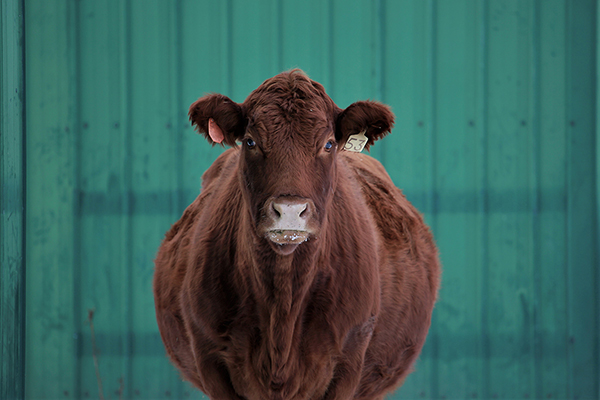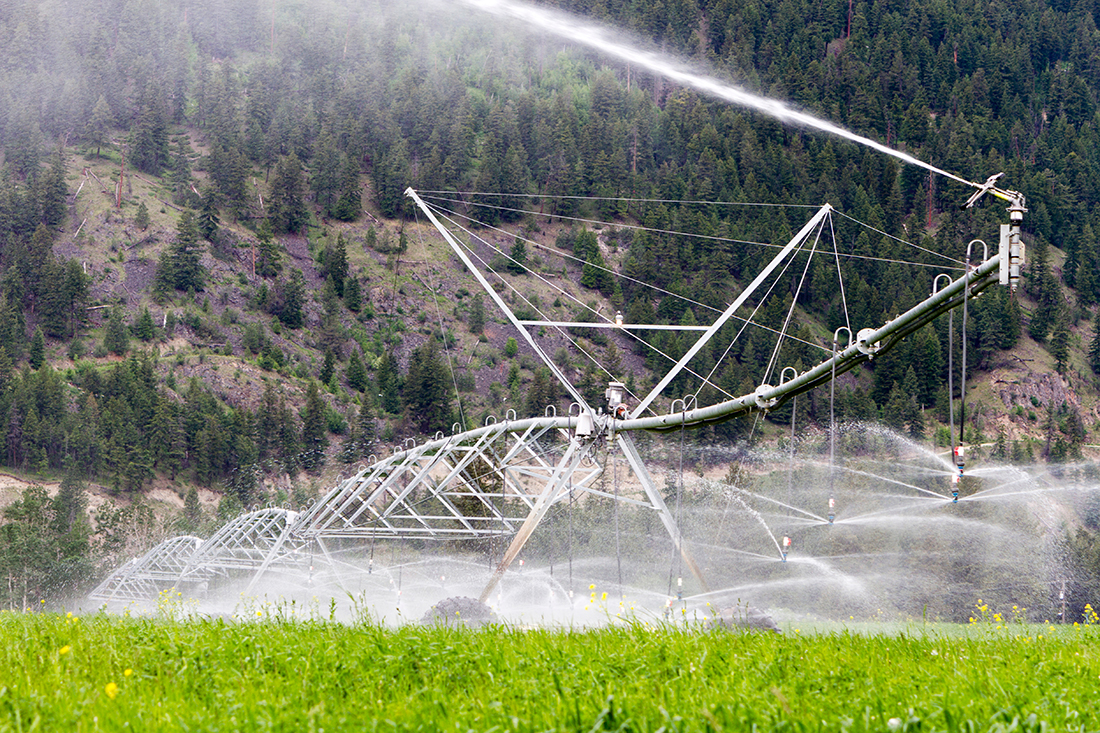VERNON – Mike Witt, owner of Witt Precision Ag in Lavington, says the first step to cutting feed costs in winter is to cut waste. Producers need to do their best to combat silage shrink.
“Silage management and your feed-out management are the two low-hanging fruits,” he says. “You are going to lose nutrients as well as volume if you are not taking care when you store your feed.”
The second consideration is feeding waste.
“Are you using feeders or bunks; are you grouping your cows together based on their feed needs; are you watching out for overfeeding?” asks Witt. “You may be leaving wasted hay on the ground for organic matter but that’s a pretty expensive soil supplement.”
Witt gave ranchers a number of hypothetical examples to consider. He was able to compare ingredients by looking at their energy values and suggest some combinations that might save a producer money.
If a rancher had only produced lower-quality hay at 8% crude protein (CP) and 52% TDN, that would be sufficient for cows of good condition only through their second trimester of pregnancy, Witt suggests.
“For a cow in her third trimester, it would be borderline,” he says. “After calving, it would definitely be short of both protein and energy.”
Witt suggests mixing up the feed combination, blending high-quality hay with barley.
“That would give you the best price and nutrition combination to feed after calving.”
Alternatively, a hay and supplement combination could work, too.
In a second example, Witt looked at a rancher with high quality hay of 19% CP and 61% TDN. The herd’s nutritional needs are actually exceeded by feeding this hay and at a high market price of $225 a ton, the rancher could be throwing money away.
“This might be an opportunity to sell that hay, purchase some cheaper feed ingredients and put money in your pocket,” says Witt.
Witt’s suggestions included purchasing some straw to mix with the high-quality hay, limit feeding the cows so they are only getting the minimum feed requirements with little waste, or selling most of the high-quality hay, purchasing cheaper but adequate hay at say14% CP and 57% TDN. Ranchers would only need to supplement this hay with some barley after calving, which could net savings of around $100 per cow.
What about a producer who has good quality hay – say 15% CP and 57% TDN?
The combination would meet third trimester needs, but would be marginal after calving.
Witt briefly discussed some other options ranchers might consider.
A mix of cereal silage and alfalfa silage would be around $30 less, for example, while corn silage, cereal silage and straw would be $40 less. Combining corn silage, cereal silage and good quality hay could see a cost savings of over $80 per animal.
“It’s all about finding a balance between what you grow and what your cows need,” says Witt. “You may find yourself changing your forage production.”


 Province gives well owners three more years to register
Province gives well owners three more years to register